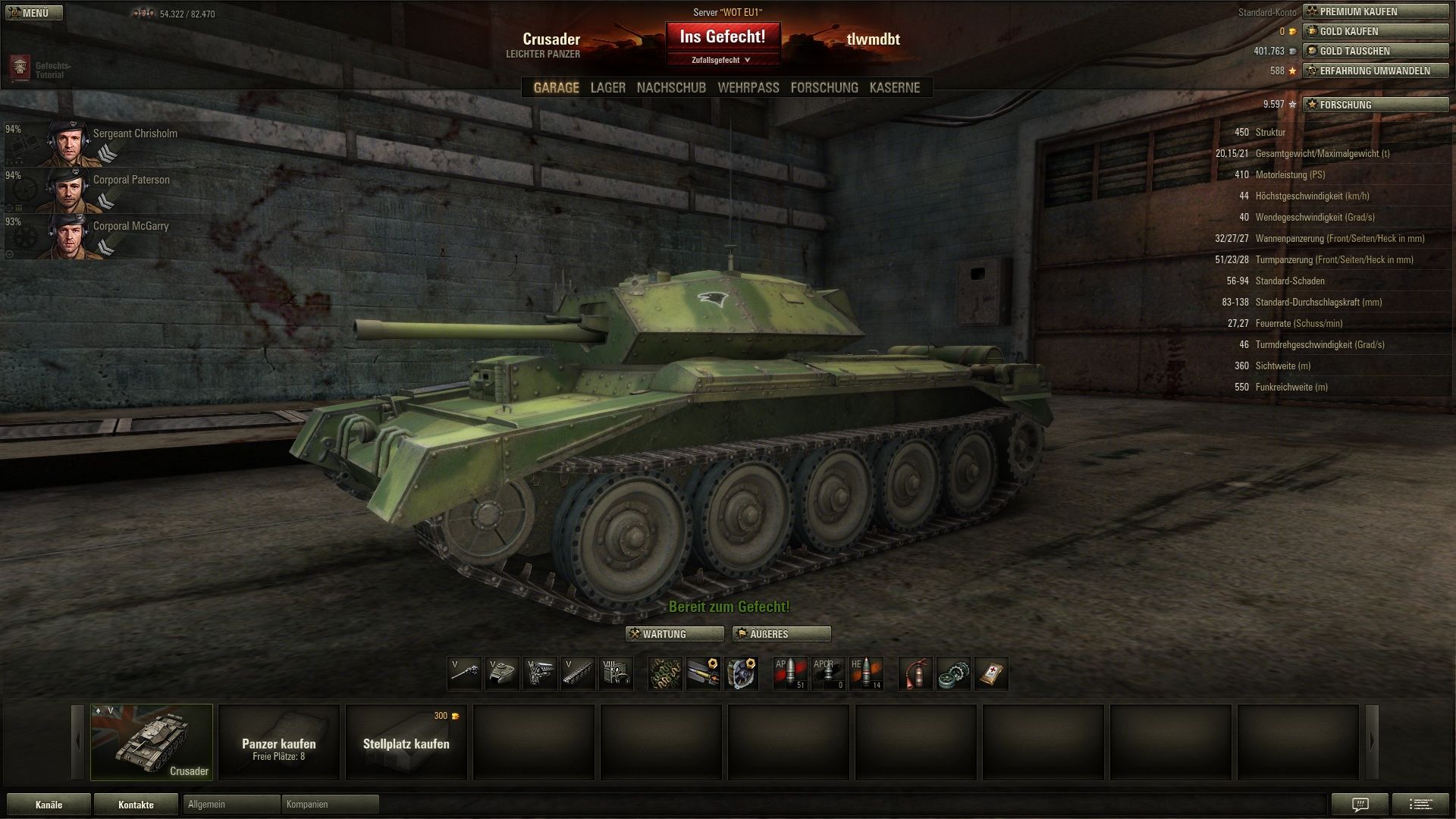Aesthetics of death as a terrorist weapon

Footage of atrocious Syrian executions has become customary public gestures and popular Internet content designed for contemporary information society. Technically irreproachable according to the standards of commercial clips, they address the public in its conventional language and are tools international terrorists use to subjugate mass consciousness.
Verbal religious and political doctrines are not the only weapons of destructive ideologies: They also use imagery and symbols that the public fails to assess ethically. The contemporary public is drawn to the aesthetics of terror because it speaks the idiom of movies, video games and commercials. Terrorists have learned consumer society's language to talk to it unhindered.
The "Islamic State" (banned in Russia) makes and distributes footage, among other tactics, to influence the public. In the past, we see a no less effective indoctrination tool. That was the propaganda aesthetics of Nazism — bearer of the same human-hating ideology, which formed its country's collective unconscious, and which the Frankfurt School scrutinized in the second half of the 20th century.
Media cannibalism and hyperreality
French philosopher Jean Baudrillard described the present in the 1990s as an era of simulacra and simulation — one of the most precise and pessimistic definitions of contemporary information society. Reality has degraded into an endless show ruled by carnival rhythms and aesthetics. Once it got stuck in hyperreality, in which the difference between the real and the unreal is gone, society became unable to tell good and evil apart.
The scholar did not have a full taste of the latest IT, which reversed public attitudes to reality after the Gulf War of 1991. The world has encountered his materialized abstraction only now.
The utopia of safely consumed violence has brought us unconscious consumption of war. It is not by chance that the image of war emerges (only to be safely forgotten) in information society theories, particularly in Marshal McLuhan's online "global village," where war and peace are mutually reproducing neighbors.
Terror has turned into a global gory reality show as live-cast murder is by all means superior to violent scenes in Hollywood movies and computer games. Real violence is the language of consumer hyperreality, whose semantic and aesthetic monopoly has spread to all social strata with globalization.
Consumer society is playing tele-cannibalism in its safest form of shows and games. It is easy to cultivate such cannibalism by giving the public what it has long been ready to get. The global media that form mass consciousness have not ousted or replaced aggression but merely legitimized it.
Aesthetics of death and modern society
The change came with the digital revolution and universal access to the new media and communication technology. The first Iraqi war and the Yugoslav tragedy robbed consumer society of its media monopoly. You can find fault with consumer society as long as you like, but don't forget what really underlies the change.
The aesthetics of death and violence speaks the language of inequality and social alienation. Society identifies itself at once with the victim and the tormentor as it views live-cast horrors. That is the only, if perverse, way to overcome tremendous social estrangement, which has become a norm.
The contemporary neo-liberal social system casts those unfulfilled out into chaos. It was recently the chaos of small nationalist and other radical communities. Now, the globalized war context demands the language of mass culture used to the fullest.
Social decomposition is impossible without the ethical deformation of society, in which mass culture and art excel with their audacious breaking of taboos and limitations of the traditional community. The ideology of hatred is not archaic but post-human. It does not clash with the latest technology and agrees with consumer society's aesthetics.
Aesthetics of death and aesthetics of vengeance
As society gets out of touch with reality, which it replaces with post-modernist simulacra, it stands defenseless face to face with challenges that can transform this same reality radically for the worst. Yet can one fight the international terrorist aesthetics of death without disturbing the system-wide basis of our community?
Meanwhile, consumer society can counteract it only with the same imagery on the same technological platform. Realism and humanism are hard to re-format. They don't rate high enough under information capitalism, which means they work at a loss.
The contemporary Western community, or one organized according to the Western cultural standards, cannot offer substantial resistance to destructive ideologies unless it thoroughly rehashes its own culture: There is no way to repulse evil by entertainment or by another evil.
The modern arts, cinema and media have flirted with Hell for too long. They have no reply to the aesthetics of death. Telecast beheadings and massacres of innocent civilians are an extension of what we consume via movies and games.
It is possible, however, to counterbalance the aesthetics of death with the aesthetics of vengeance. That's what Russia is doing after it turned back to real history. Formidable danger awaits us on this road, however — the danger of being tempted by Western society's hyperreality.